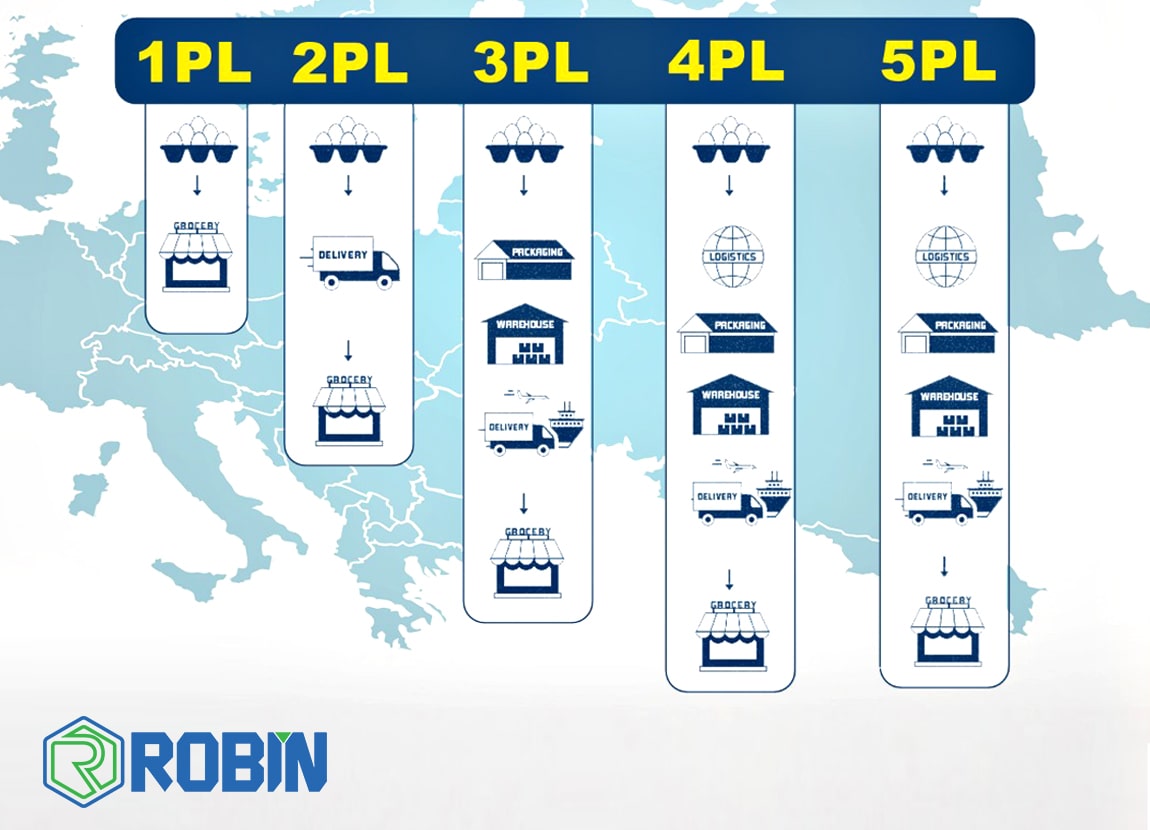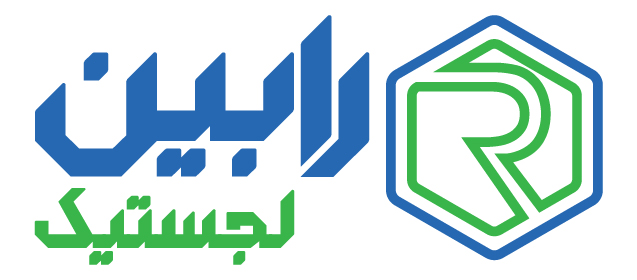Logistics Service Provider Generation
- مقالات
- Logistics Service Provider Generation

First Party Logistic Model (1PL)
First Party Logistic Model (1PL). The manufacturer or the industrial actor does not outsource transport and logistic activities to third parties. These functions are carried out by the company’s own departments.
Second Party Logistic Model (2PL)
Second Party Logistic Model (2PL). The manufacturer hires a carrier or warehouse manager as a subcontractor for the operational execution of a clearly defined transport or logistic task. The organisation and follow-up remain the responsibility of the manufacturer. The relation supplier is often only cost-driven and short-term, with the logistic actor doing what the client instructs, and being paid accordingly.
Third Party Logistic Model (3PL)
Third Party Logistic Model (3PL). The manufacturer outsources a package of transport and logistic activities. The third party logistic service provider organises these activities and may hire third parties for the specific execution (subcontracting). This service provider often comes into contact not just with the manufacturer, but also with the supplier. As the third party, he organises the logistics between these two successive actors in the supply chain.
The client often enters into a long-term partnership with the logistic provider in a cooperative environment. The client retains enough expertise in order to measure, evaluate and, if necessary, correct the logistic performances of the service provider.
Fourth Party Logistic Model (4PL)
Fourth Party Logistic Model (4PL). The manufacturer does not only outsource the organisation of its logistic tasks to third parties, but also the management thereof. Fourth party logistic service providers often check the entire supply chain. The organisational and executive activities are again often outsourced to other parties.
Fourth party logistic service providers often have no means of transport and warehouses (non-asset based logistics). The fourth party logistic role demands intense involvement from the service supplier in the client’s business activities. After all, not only does the latter outsource the execution but also the monitoring of the logistic processes. The short-term thinking with collaboration agreements purely on the basis of cost-related reasons is replaced with long-term partnerships where quality of the service will play a primary role, and which involves shared risks and benefits.
Fourth-party logistics differs from third-party logistics in the following ways: (1) the 4PL organization is often a separate entity formed by a joint venture or other long-term contract between a client and one or more partners; (2) the 4PL organization is an interface between the client and multiple logistics services providers; (3) ideally, all aspects of the client’s supply chain are managed by the 4PL organization; and, (4) it is possible for a major 3PL organization to form a 4PL organization within its existing structure
Fifth Party Logistic Model (5PL)
Fifth Party Logistic Model (5PL). This applies when the switch is made from supply chains to supply networks.
A fifth party logistic service provider guarantees the management of networks of supply chains. The industrial actor hires third parties for the supply of strategic, innovative logistical solutions and concepts. A fifth party logistic service provider develops and implements, preferably in close consultation with the client, the best possible supply chains or networks. Fifth party logistic is often linked to E-business.
Reference : www.logisticsglossary.com
- ROBIN
- ۲۳ اردیبهشت ۱۳۹۹
- ۱۲:۵۸ بعد از ظهر
- بدون نظر



